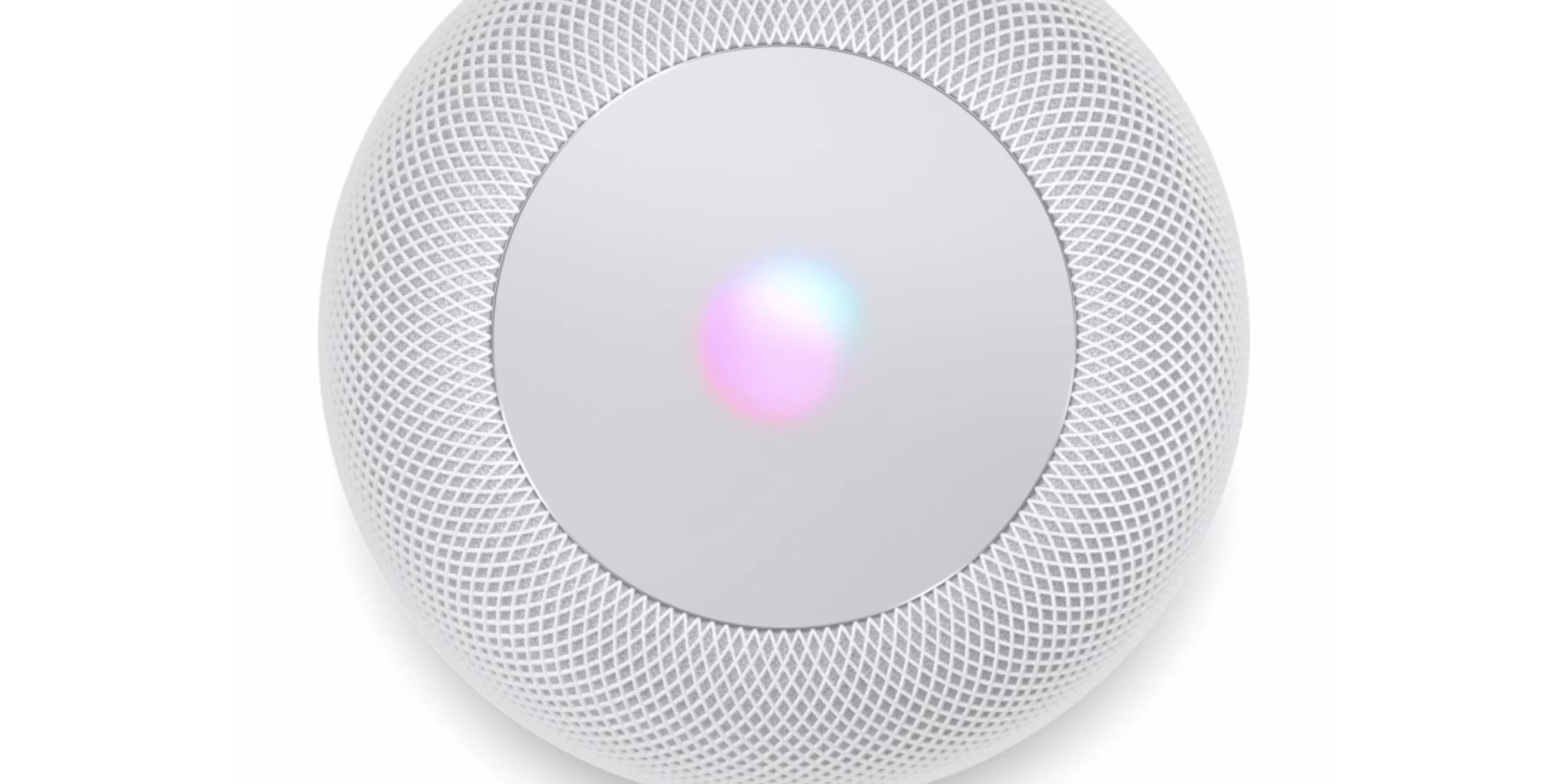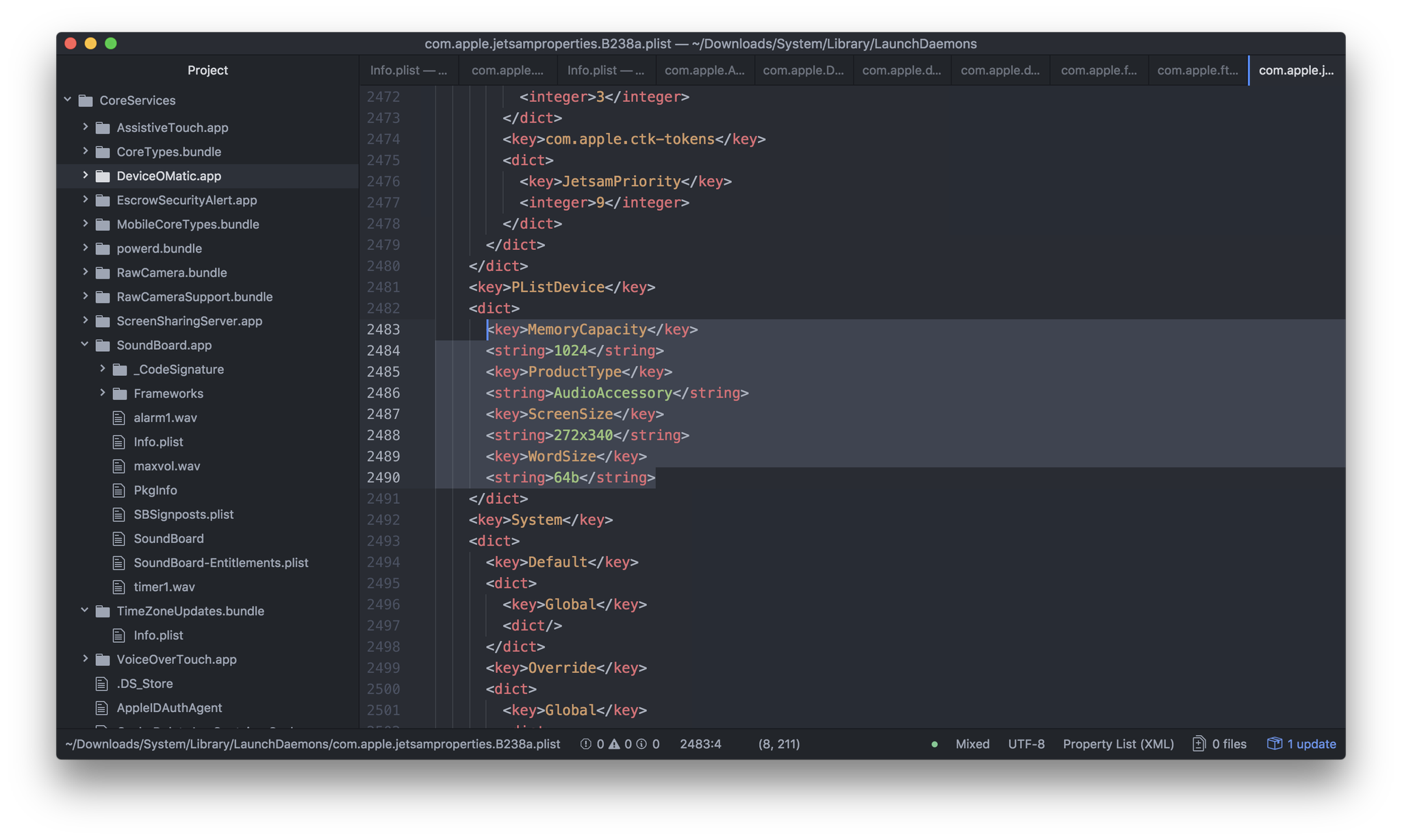
The Apple-designed A8 chip powering HomePod, Apple’s $349 Siri-powered wireless speaker launching this December, should come outfitted with one gigabyte of RAM while its built-in LED matrix display at the top should potentially sport a resolution of 272 by 340 pixels.
Basically, the HomePod screen has the same resolution as the 38mm Apple Watch models.
That’s according to Avery Magnotti today, who was able to glean interesting information from the HomePod firmware that Apple “accidentally” posted on its servers.
It’s unclear if developers will be able to take advantage of this built-in display which, at present, is used to display a multicolor waveform when interacting with Siri.

iOS developer Steven Troughton-Smith, who diligently combed through the HomePod firmware files over the weekend, has discovered that the device runs a full version of iOS with a shell app named “SoundBoard”, as opposed to the “SpringBoard” shell app on iPhone and iPad.
The device bears the name “AudioAccessory1,1”.
https://www.youtube.com/watch?v=1hw9skL-IXc
HomePod may potentially provide other previously unknown features, too.
As per Steven’s findings, some of them may include stuff like VoiceOver accessibility capabilities, HomePod apps prefixed with “Air” (like the “AirMusic” app) and other tidbits.
The HomePod firmware holds some curious iPhone 8 secrets as well.
For instance, HomePod code reaffirms KGI Securities analyst Ming-Chi Kuo’s findings that iPhone 8 boasts a 5.15-inch active display area maxing out at 2,436 by 1,125 pixels.
Combined with a bar at the bottom, that apps may or may not be permitted to use, this makes for a total of 5.8 inches diagonally at 2,800 by 1,242 pixels and a 19.5:9 aspect ratio.
Digging further into the HomePod firmware code, Troughton-Smith said this morning that iPhone 8’s rumored facial recognition feature may be called “Pearl ID”.
He has additionally discovered some glyphs that seemingly confirm the device’s form factor with a nearly full-screen front face with an edge-to-edge screen, no physical Home button and a notch at the top that will likely include the earpiece and various sensors, like an infrared sensor for facial recognition that should work well in both light and dark-lit environments.